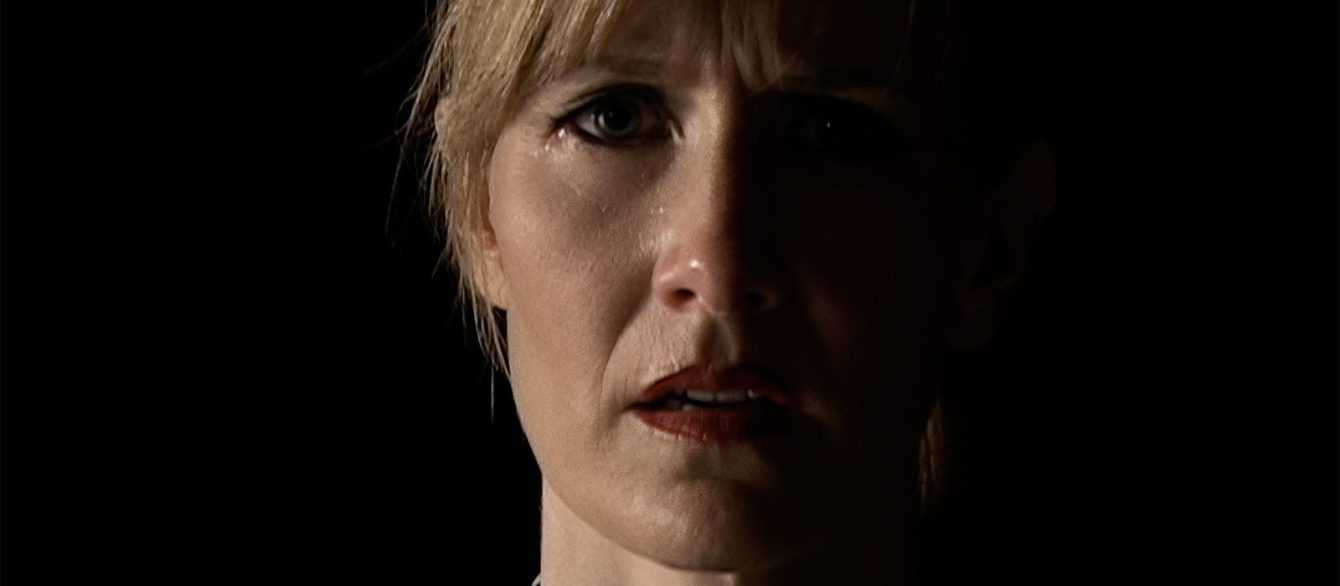A WOMAN IN TROUBLE
The most recent—and possibly final—feature film by consummate American auteur David Lynch, Inland Empire continues Mulholland Dr.’s excavation of cinema’s psychic underbelly.
Written one scene at a time and shot piecemeal over a period of three years on a consumer-grade digital-video camera, Inland Empire is a work shaped by the conditions of its creation. The film, filled with disparate segments and parallel worlds, begins when actress Nikki Grace (Laura Dern), in her cavernous Hollywood mansion, receives a visit from a new neighbor (Grace Zabriskie) who foretells the film’s grave, free-falling identity crisis to follow. It oozes, miasma-like, across continents—one minute we are in sunny California, the next in snowy Old World Poland—awash with the narrow range of colors and murky contrast of digital video. A towering masterwork of American surrealism, Inland Empire is a hyper-textual collage of sinister hypnotists, morose prostitutes, and anthropomorphic rabbits that evolves into a moving, terrifying whole much greater than the sum of its enigmatic parts. Radiating secret meaning and free-floating menace, Inland Empire is a lucid nightmare and a cinephile’s dream.










